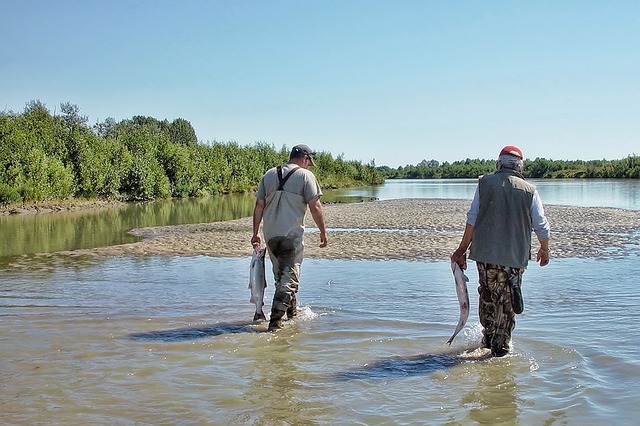Hormones are known to play a vital role in sexual desire, but how exactly do they interact to influence our desires? A new study sheds some light on the matter. The recent laboratory study published in Adaptive Human Behavior and Physiology investigated the relationship between variations in testosterone and cortisol hormone levels in men and women and their self-reported sexual desire. The study found that changes in hormone levels were associated with general sexual desires and dyadic sexual desire in women, but only with solitary sexual desire in men.
Testosterone plays a crucial role in the body, regulating bone mass, muscle mass, fat distribution, strength, and reproductive behavior. Studies have also linked testosterone levels with status-seeking and sexual desire. The dual-hormone hypothesis suggests that cortisol moderates the effects of testosterone on human behavior and psychological processes, including status-seeking and reproductive behavior.
To test this hypothesis, the researchers recruited 831 participants, most of whom were students, and collected saliva samples to measure hormone levels. Participants completed questionnaires assessing interest in uncommitted sex and sexual desire. Results revealed that an interaction between testosterone and cortisol levels predicted sexual desire in women, particularly in those who did not use hormonal contraceptives. However, this effect was absent in men.
Additional analysis showed that the interaction between hormones also predicted women’s desire for sexual intimacy with a partner and men’s desire for solo sexual activity to some extent. Interestingly, the results contradicted some predictions of the dual-hormone hypothesis, suggesting that cortisol’s mechanisms are complex and context-dependent.
Although the study provides insights into the association between testosterone-cortisol interaction and certain aspects of human behavior, there are some limitations to consider. For instance, the researchers did not control for the duration of participants’ wakefulness before the study, which could have influenced hormone levels. Additionally, the study did not control for the relationship status of participants, and the hormone level quantification method used may be insufficiently stable.
Study: https://link.springer.com/article/10.1007/s40750-022-00184-w





